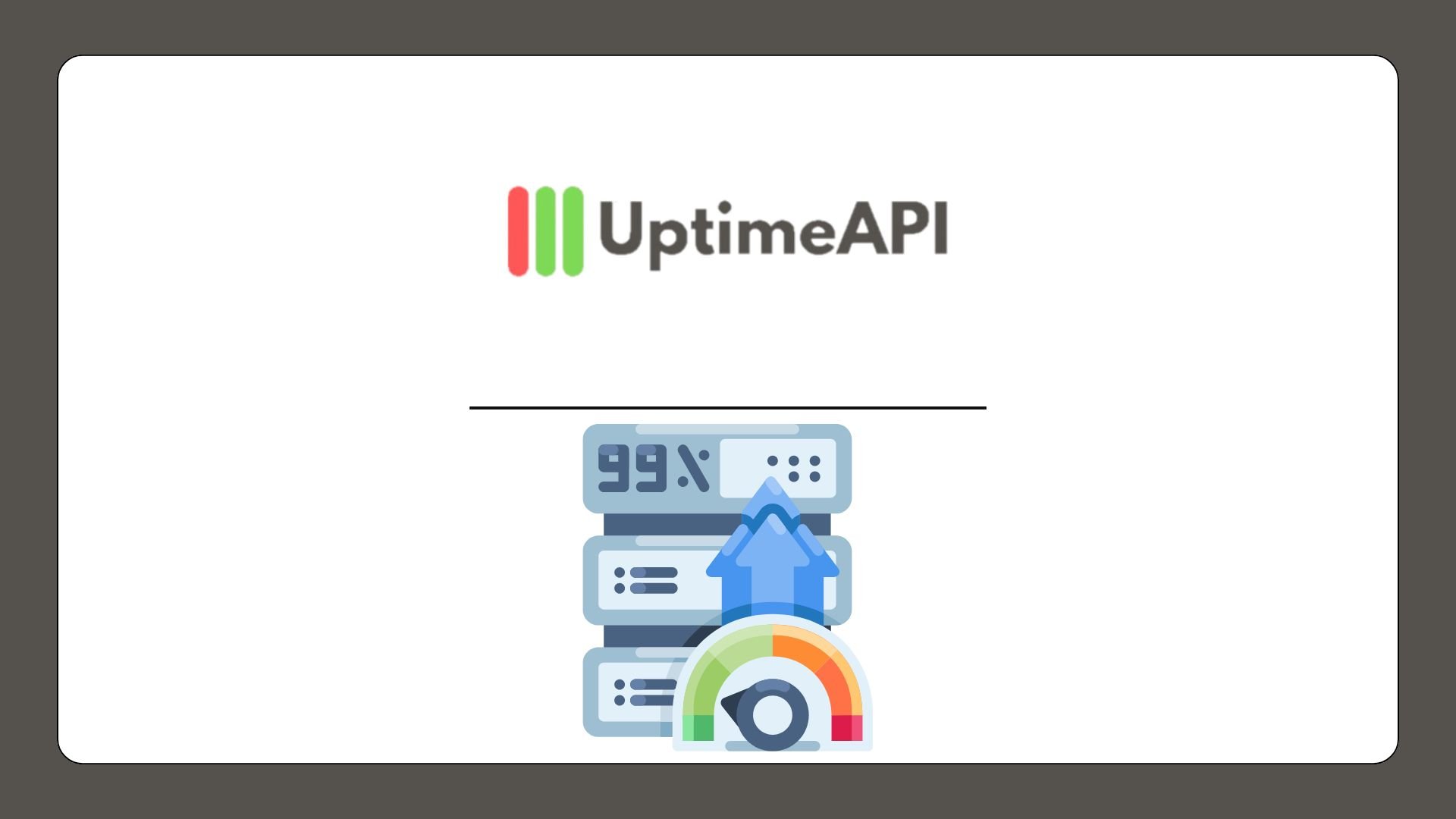REST API Uptime Monitoring For Developers

Uptime API, play a vital role. The ability to maintain a high REST API Uptime ensures that your applications run smoothly, providing an optimal experience for users while minimizing disruptions.
What Is REST API Uptime Monitoring?
REST API Uptime monitoring refers to the continuous observation and tracking of an API's availability and performance. APIs act as intermediaries, facilitating the exchange of data between various software systems. When an API experiences downtime, whether it's due to server issues, network problems, or overload, the services relying on that API may falter or fail to deliver results. This can lead to a cascade of problems, affecting user experience, business operations, and even causing potential revenue loss.
Why Developers Need Uptime Monitoring
REST API Uptime is the competitive edge it provides. With competition at an all-time high, especially in industries that depend on SaaS, FinTech, or eCommerce, even a small lapse in API availability can drive customers away. A consistent, reliable API makes your platform a preferred choice, helping to maintain customer trust.
Uptime API, it gives them the power to resolve issues quickly, often before they impact users. Without this proactive approach, teams risk falling into a reactionary cycle—where they only address problems after they have negatively impacted the user base. Such scenarios can be costly, both in terms of revenue and reputation. Monitoring REST API Uptime also helps developers identify patterns in downtime, which can further aid in long-term improvements.
Uptime API, developers can monitor their API's performance in real-time. This means that any downtime or degradation in response time can be detected immediately, allowing for swift action. This feature is crucial for mission-critical applications where even a few minutes of downtime can lead to significant disruptions.

